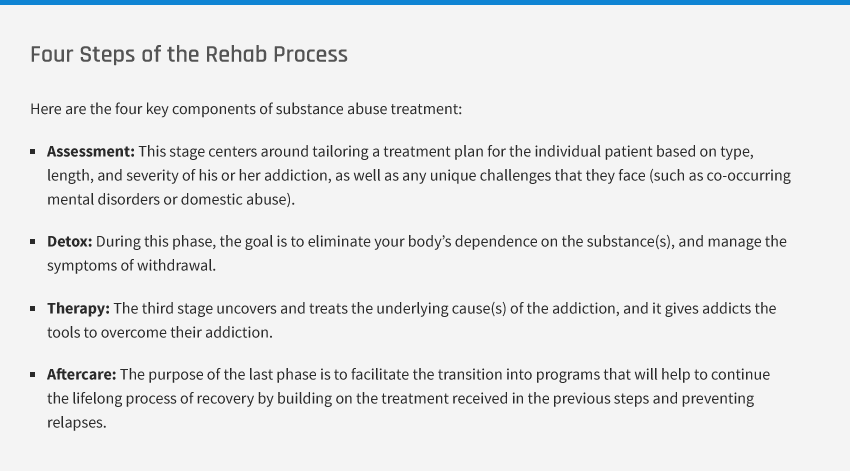Recovery from morphine addiction begins with an initial detoxification process that clears morphine from the user’s body. Morphine has a relatively short half-life of two to three hours, which means about half of the substance will be eliminated from the body within this time frame. The initial detoxification process typically lasts about 72 hours, but it may take up to a week in heavy users.
Post-acute withdrawal symptoms are withdrawal symptoms that persist for more than two weeks after the individual stops using morphine. Depending on how long the user has been addicted to morphine, how much morphine the user had been taking, and other factors, these post-acute symptoms may last for several months.
Withdrawal Symptoms
Sudden morphine withdrawal increases the risk of death
Nausea, vomiting, and diarrhea are some of the short-term symptoms of morphine withdrawal. Some people with these symptoms lose excessive amounts of fluid and minerals, causing them to become dehydrated. Dehydration can be treated with IV fluids, but if left untreated, it can cause a dangerous electrolyte imbalance. Electrolytes play a role in the electrical activity of the heart, so untreated dehydration can increase the risk of death during the morphine withdrawal process.
Withdrawing from morphine can lead to serious lung infections
Vomiting also increases the risk of a condition known as aspiration, which occurs when the contents of the stomach enter the lungs. Once liquid and food particles are in the lungs, the risk of lung infection increases.
The risk of morphine overdose increases immediately following the initial detoxification period
According to MedlinePlus, a service of the U.S. National Library of Medicine, the risk of morphine overdose increases once the individual has completed the initial detoxification period. This is because all of the morphine has been eliminated from the body, making the individual less tolerant to its effects.
Sudden withdrawal from morphine can cause seizures and other serious complications
Because morphine affects the nervous system, withdrawing from it suddenly can cause some individuals to have seizures. Morphine withdrawal can also cause rapid heart rate, changes in blood pressure, tremors, and mental confusion.
Morphine Detoxification Medications
One of the most positive aspects of morphine detoxification is that the U.S. Food & Drug Administration (FDA) has approved several types of medications to ease withdrawal symptoms and make the detoxification process safer for opioid users. These medications include Methadone, Naltrexone, and Buprenorphine. Methadone is used to make withdrawal symptoms less severe. Naltrexone is used to help prevent relapse in people who use morphine and other opioids. Buprenorphine may reduce the amount of time it takes to detox from morphine. A medication called clonidine can be used to treat some of the physical symptoms of morphine withdrawal, including muscle aches, cramping, sweating, and runny nose.
For more information about withdrawal, read our guide on morphine addiction.


